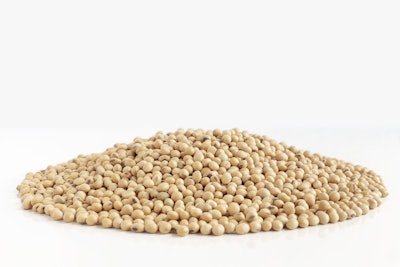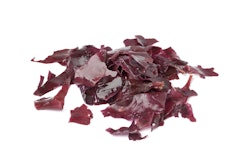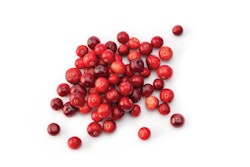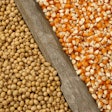
In connection with a recently launched national policy to reduce the use of soybean meal in livestock and poultry feeds, Chinese sources are already reporting progress.
For the January-to-November period, uptake of the ingredient for feed was 11% lower than in the same period of 2022 at 4.44 million metric tons (mmt). The latest figures were reported by the agriculture ministry (MARA) last week, according to Mintec Global.
This decline in soybean use was achieved despite a 4% year-on-year increase in total feed output at just under 287 mmt, MARA reported.
Chinese policy of greater food security
In the past, China has relied heavily on imports to meet demand for soybean meal in animal feeds, according to Mintec Global. Brazil and the United States have been leading suppliers.
So strong has been the demand that in 2022, the average inclusion rate in Chinese feeds was 14.5%.
However, this year, the ministry announced a series of measures aimed at reducing soybean imports. Key to the three-year action plan were investigations into alternative feed proteins, greater use of grass and other forages, and a controlled reduction in soybean inclusion by 0.5% per year.
For the full year, the ministry is forecasting a fall of 1.5% in the inclusion rate of soybean meal in feed compared with 2022. This would reduce the usage in feeds by more than 9 mmt for 2023 compared with the previous 12 months.
Support for the revised food security policy has come from the highest level.
To a recent national rural work conference, a message from President Xi Jinping urged participants to prioritize progress in national soybean production. According to South China Morning Post, the campaign to expand the growing area will make food supply more secure in China, and reduce reliance on imports.
At the event, officials also pledged to keep Chinese grain production at more than 650 mmt. Furthermore, there were undertakings to continue development of the country’s own seed stocks, which are seen to be better suited to the growing conditions across the country, and more resilient to future changes in climate.
Recent soybean trade trends
Chinese forecasts of lowered soybean meal use contrast with previous expectations.
Until recently, these pointed to 2023 being a record year for Chinese imports of soybean meal.
Just two months ago, the U.S. Department of Agriculture (USDA) Foreign Agricultural Service (FAS) reported that China was expected to maintain soybean import volume in the 2023-24 marketing year similar to that in the previous season. This amounted to 100.85 mmt, driven by strong trade from Brazil, and continued demand from the Chinese feed industry.
According to FAS, lower prices for soybeans for food use in China could hamper progress in the government policies to increase the domestic production.
In recent years, China has been the destination for 70% of all Brazil’s soybean exports, and 53% of this trade from the U.S., reported Reuters this month.














